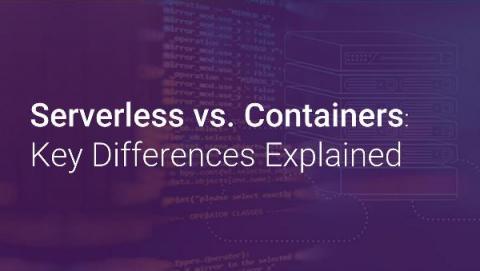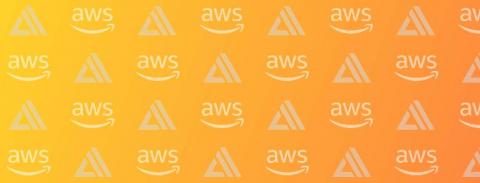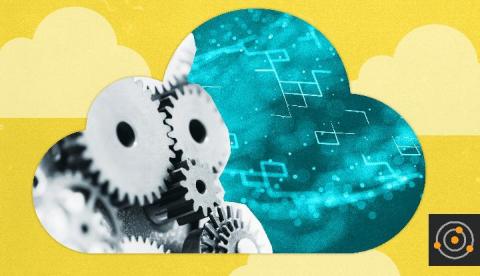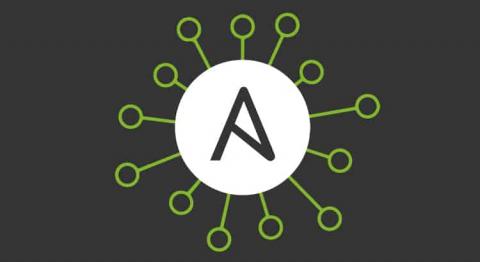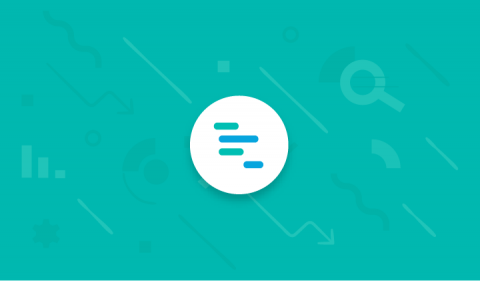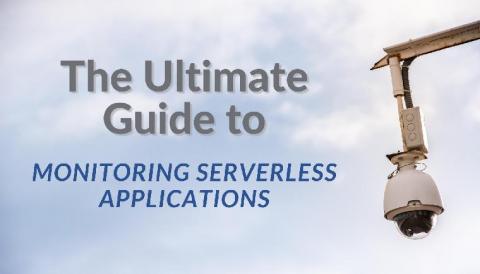Serverless vs. Containers: Key Differences Explained
The “as a service” business model continues to grow rapidly, largely thanks to the rise of cloud computing. “As a service” offerings deliver IT products and technologies such as software, hardware, and data storage to consumers via the Internet, rather than having to install or manage them themselves. Serverless and containers are two such “as a service” technologies that have seen increasing adoption in recent years.


